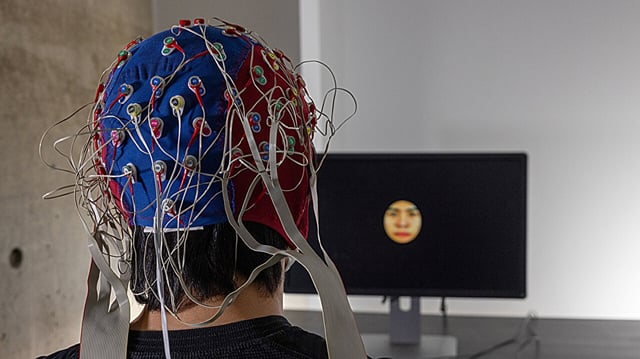Overview
- The Other-Race Effect (ORE) was studied using EEG and generative AI, showing people recognize same-race faces more accurately than other-race faces.
- Neural data revealed that other-race faces elicit less distinct brain responses within the first 600 milliseconds of perception, leading to less detailed mental processing.
- Participants reconstructed other-race faces as younger, more average, and more expressive than they actually were, highlighting cognitive distortions in face perception.
- These findings could inform advancements in facial recognition technology, improve eyewitness testimony accuracy, and aid in mental health diagnostics.
- Researchers are now exploring practical interventions to mitigate racial biases in perception and their broader societal impacts.
